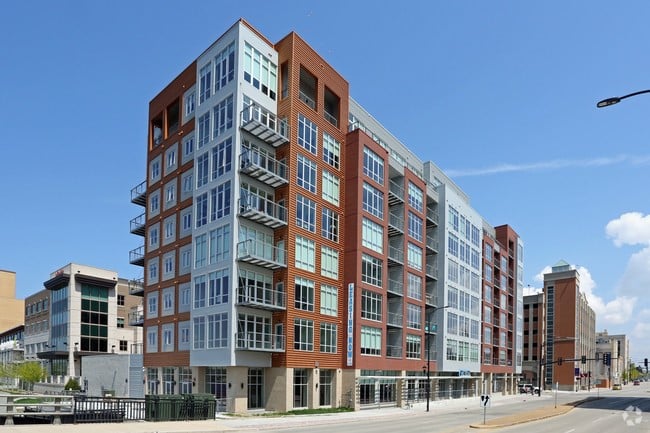Prefabricated modular building systems have been gaining traction in recent years as an alternative to traditional construction methods. They offer a range of benefits, from quicker construction times and lower costs, to greater efficiency and sustainability. As a result, they are increasingly being used in a variety of applications, from single-family homes to high-rise buildings. Here, we take a closer look at the rise of prefabricated modular building systems and how they are revolutionizing the construction industry.
Advantages of Prefabricated Modular Building Systems
Prefabricated modular building systems offers a range of advantages over traditional construction methods. Most notably, they require less labor and materials, resulting in lower costs and faster construction times. Additionally, they are more efficient and sustainable, as they allow for the reuse of materials and less waste. Furthermore, they are more resilient, as they are built to withstand extreme weather conditions.

Greater Customization
Prefabricated modular building systems can be customized to suit the specific needs of the project. This means that they can be designed to accommodate a variety of uses, from single-family homes to multi-story office buildings. Additionally, they can be designed to meet specific requirements, such as energy efficiency and safety standards.
Increased Flexibility
Prefabricated modular building systems are also more flexible than traditional construction methods. This means that they can be modified or adapted as needed, allowing for changes to be made in the design or function of the building. Furthermore, they can be easily moved or relocated, making them ideal for short-term projects or temporary structures.